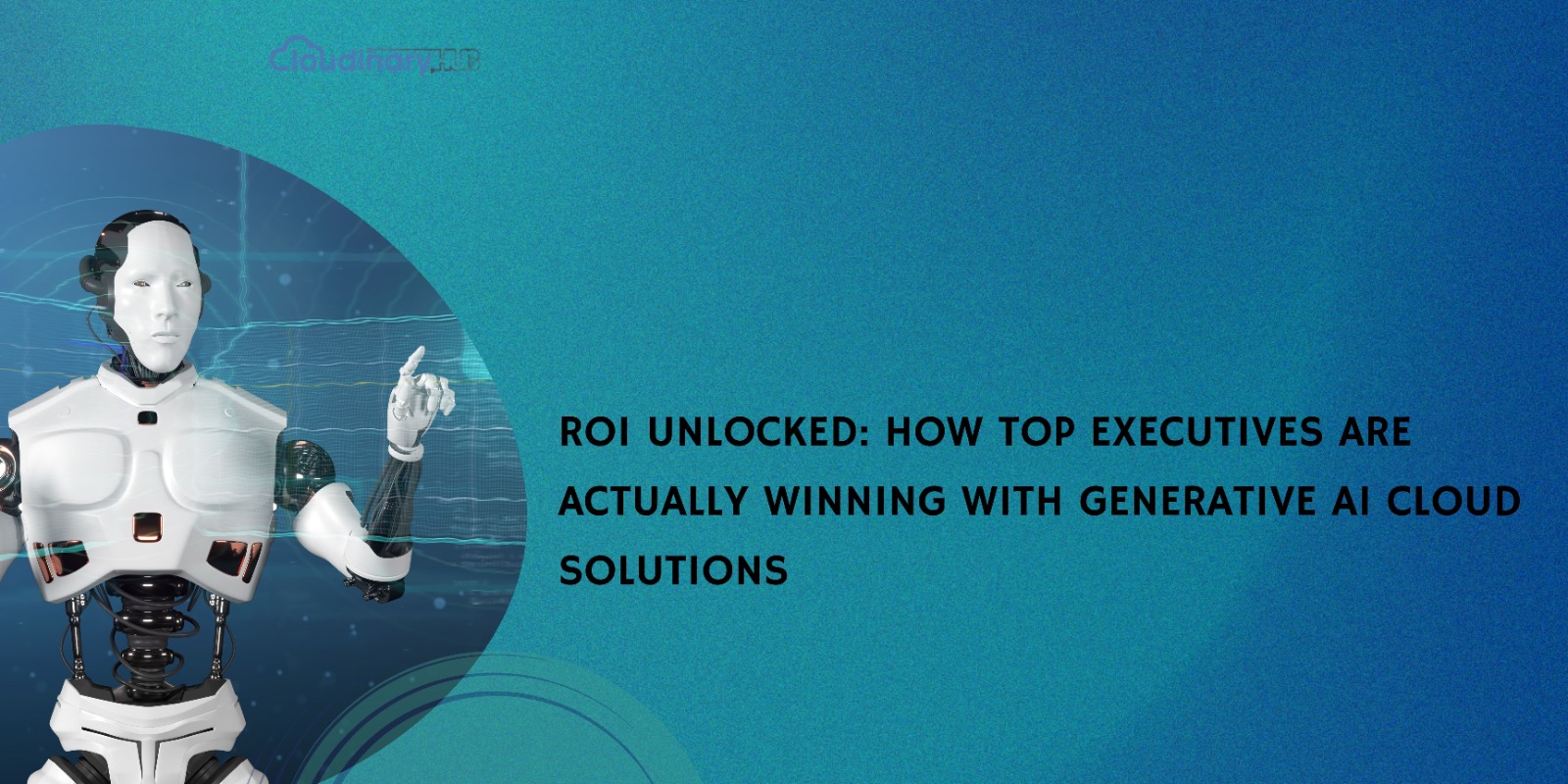Artificial Intelligence (AI) and cloud technologies are no longer buzzwords—they’ve become crucial components of enterprise strategy. As a senior leader, you’re likely exploring ways these tools can drive growth and efficiency in your organization. But here’s the reality: not all generative AI cloud solutions deliver on their promises. So, what’s the secret to unlocking real ROI? Let’s dive in.
Why Generative AI Cloud Adoption Is Booming (And What It Means for You)
By 2025, Gartner anticipates that 80% of enterprises will actively integrate generative AI into their cloud strategies. That’s a significant shift—and there’s good reason for it:
- Reduced Operational Costs: Automation frees up your skilled workforce to focus on strategic initiatives rather than repetitive tasks.
- Enhanced Customer Experiences: AI-powered personalization creates tailored experiences, increasing customer satisfaction and loyalty.
- Accelerated Innovation: AI dramatically shortens time-to-market, keeping your business agile and competitive.
But here’s why it matters even more: leveraging generative AI effectively isn’t just about keeping up—it’s about staying ahead.
How Leading Companies are Harnessing Generative AI in the Cloud
Let’s dive into real-world scenarios to illustrate how generative AI is reshaping enterprises right now.
Transforming Enterprise Communication with Language Models
Companies like Microsoft, Google, and Meta have invested heavily in sophisticated generative AI models—GPT-4, Gemini, and LLaMA. These tools are changing the way companies handle communication, documentation, and automation:
- Automated Customer Support: Organizations using chatbots based on LLMs have reduced customer wait times and operational costs. For instance, Microsoft’s Copilot now handles millions of queries monthly, significantly reducing human workload.
- Efficient Content Production: Marketing teams use these models to generate high-quality, personalized content rapidly, improving campaign effectiveness and ROI.
Multimodal AI: The New Standard
Multimodal AI, integrating text, visuals, audio, and more, allows richer and more interactive experiences. Imagine your marketing campaigns enriched by AI-generated imagery, video, and interactive elements—driving deeper customer engagement.
For instance, brands leveraging platforms like Midjourney or DALL-E are creating compelling, personalized visuals within minutes instead of days. It’s about capturing attention quicker and more effectively than ever before.
Real-Life Success Story: Salesforce Einstein’s Generative Cloud
Salesforce Einstein Cloud is an excellent example of generative AI in action. Companies implementing it have reported clear, quantifiable gains in sales forecasting accuracy and productivity—translating directly into revenue growth.
Calculating the Real ROI of Generative AI Cloud Solutions
To truly gauge success, executives must measure outcomes in tangible ways:
- Revenue Impact: Monitor improvements in conversion rates, average deal sizes, and cross-selling effectiveness.
- Cost Management: Track cost savings in operational processes automated through AI, clearly tying these savings back to your bottom line.
- Productivity Improvements: Measure how generative AI solutions increase productivity, enabling faster and more informed decision-making.
Case in point: Salesforce Einstein AI Cloud has helped users achieve substantial productivity improvements, contributing directly to millions in annual savings.
Avoiding Common AI Cloud Implementation Mistakes
The path to successful generative AI cloud adoption isn’t without risks. Here are common pitfalls and strategic solutions:
- Pitfall #1: Ignoring Data Privacy and Compliance
- The Fix: Adopt a privacy-first approach. For example, IBM emphasizes strict adherence to GDPR and CCPA standards, ensuring compliance from day one.
- Pitfall #2: Hidden Costs and Budget Overruns
- Solution: Implement clear financial governance practices, leveraging predictive analytics for cost control.
- Pitfall #3: Vendor Lock-in Risks
- Solution: Adopt a multi-cloud strategy to enhance flexibility, reduce dependence, and negotiate better terms with providers.
Looking Ahead: The Future of Generative AI and Cloud
Industry analysts predict even more explosive growth and deeper integration of generative AI in cloud environments. The leaders who understand how to strategically integrate these technologies now will dominate their markets by 2025 and beyond.
Final Thoughts & Next Steps
Generative AI cloud solutions represent an enormous opportunity, but only if implemented thoughtfully. By focusing on clear strategic goals, proactively managing risks, and rigorously measuring ROI, your organization can significantly outperform competitors.
Ready to unlock real value with generative AI? Schedule a strategy call, join our next executive webinar, or download our detailed enterprise AI cloud playbook today.

